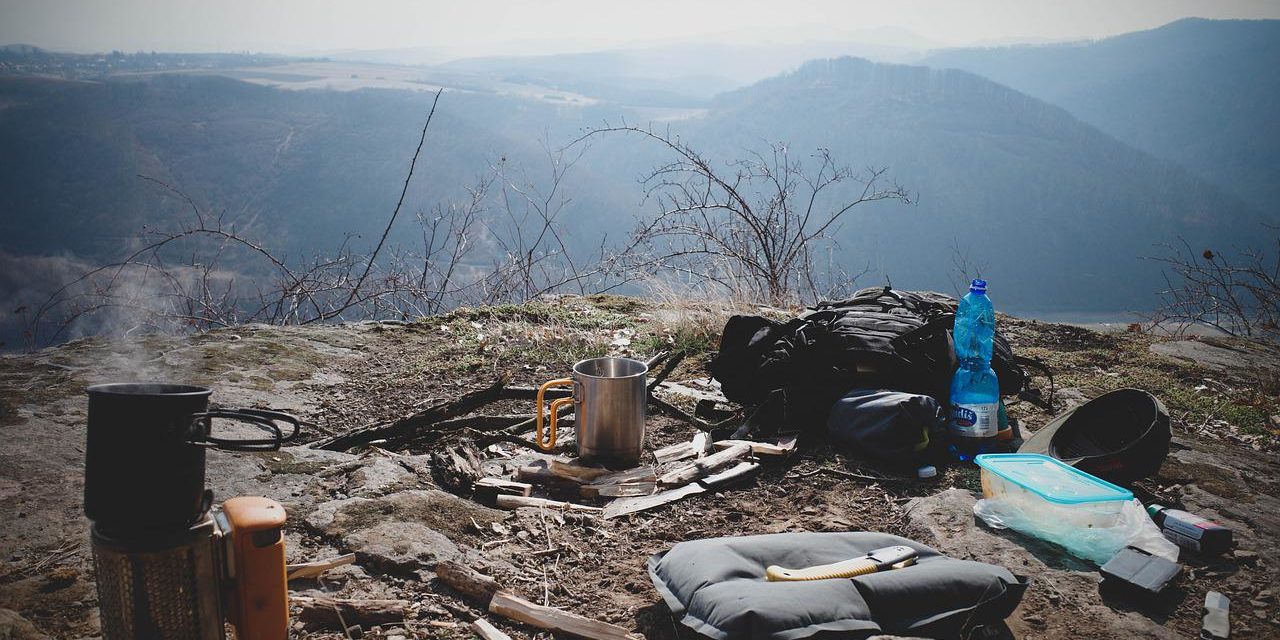[ad_1]
The problem that comes up with hurricane preparedness, tornados, tsunamis and other disasters… is that you don't have anything to carry your stuff in. A survival kit is made to carry just a few items. But in this case you'll want days worth of supplies. You require something to carry communications, clothing, food fire starting gear, lightweight shelter and a few more essentials. How are you going to do it? With a Bug Out Bag.
ENTER… THE BUG OUT BAG
With your bug out bag, you'll have everything to “bug out” of your home or area. The BugOut Bag has become the standard by which all disaster preparedness preppers build their survival plan around.
And once you've read this article… you'll know..
1. Why a survival kit isn't enough to last for as long as most people think.
2. And what key survival equipment to include in your bug out bag items
3. How to build it and what suppliers to use.
HERE'S WHY A SURVIVAL KIT ISN'T ENOUGH TO LAST FOR 72 HOURS
Survival kits are your primary long-term essentials kit. You would take one of these in the event that your “excursion” was prolonged. A bug out bag is more of an immediate sustenance kit for emergency preparedness. It would include the essentials that would carry you over a 72 hour period for immediate survival. The bug out bag was designed to contain food, medications, water among other things. Consider this scenario: Cindy hears the tornado siren wailing. She knows that she's got to leave quickly, but she is unperturbed because she is prepared. She has her bug out kit to get her through the immediate danger. Will you be prepared?
THINGS TO INCLUDE AND PUTTING IT TOGETHER
First things… sturdy, waterproof bags, to protect your survival supplies. Be thoughtful and conscious not to leave anything out. You don't want to get caught without anything critically essential. Food for you and your family during the crucial first 72 hours. Use non-perishable food in your packs. MRE's are especially easy to transport and prepared. Don't forget an extra set of your vital medications and a method of cleaning your water. An item such as a ‘Lifestraw' allows you to drink directly from any water source, while filtering the water for you. Also, plan to have an extra set of your most valued papers, sealed in a zip-lock type bag to protect them. A first aid kit is also a key addition to your bug out bag. Remember to include a sleeping bag or blanket, and a tent for shelter is preferable. Weapons, ammunition and a written copy of your disaster plan should also be included.
DO YOU BUY PREMADE KITS OR MAKE YOUR OWN?
Many survival-based companies offer pre-made bug out bags. This is critical if you aren't aware of all of the things that you will need in a fleeing-type of situation. The bags are composed of different contents, depending on your particular needs. Don't forget, however, to add in your own personal survival gear such as your medications, bag checklist and your important documents. One excellent supplier is https://www.offgridsurvival.com.. Ensure that you are getting everything that you know you will need before you order the bug out bag. These bags will allow you to flee quickly and to survive for the first 72 hours.
YOUR HOME AWAY FROM HOME
A bug out bag and your bag contents is the closest thing you'll ever have to “home” in the middle of a manmade or natural disaster. As long as you know what to put in it, and who the better suppliers are, you'll be in great shape.
But what if you going lighter is important to you? That's when you want to check out… the Fanny Pack Survival Kit.
[ad_2]
Source by Kurt H Petrich


